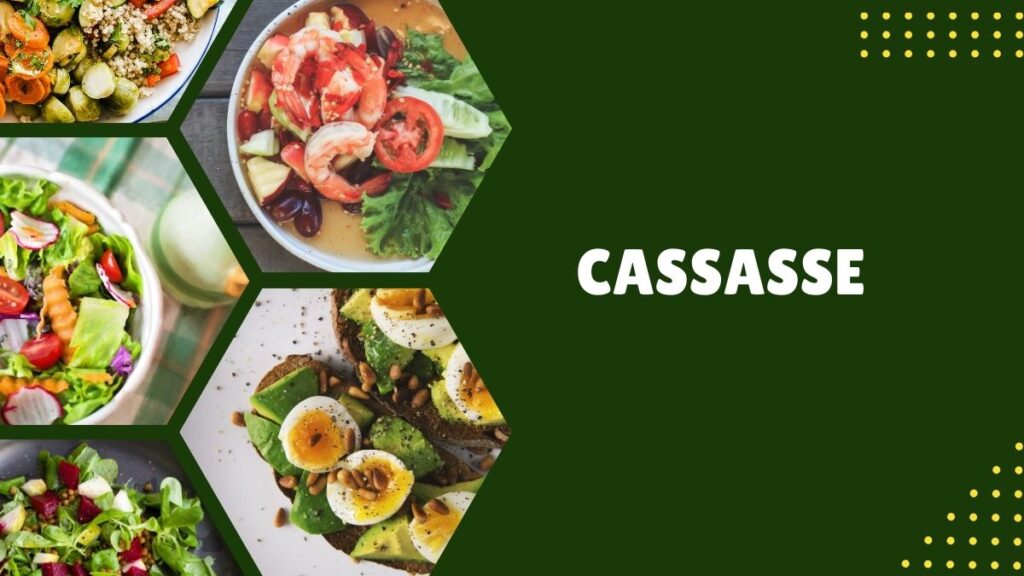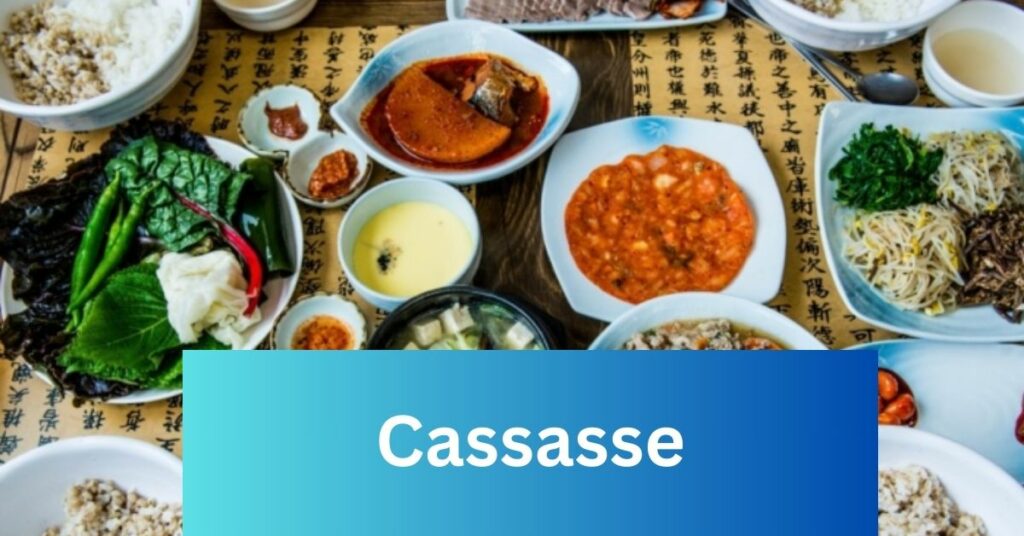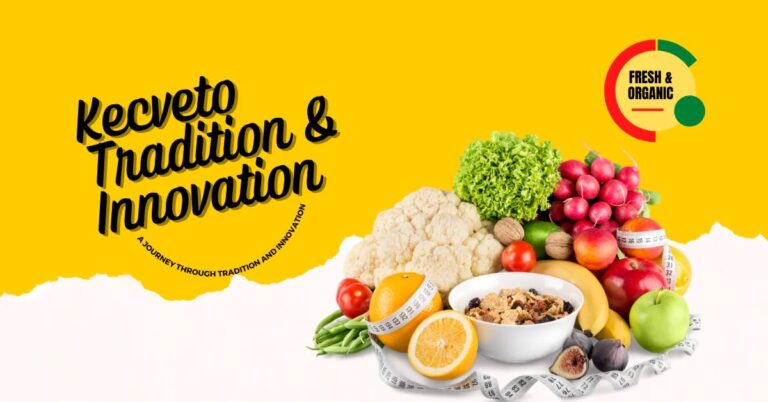Cassava, a versatile tuberous root, holds a significant place in the culinary world, particularly in regions where it’s a staple food. Among the myriad of dishes that celebrate cassava, one stands out for its rich history, diverse flavors, and cultural significance – Cassasse. In this comprehensive guide, we embark on a journey to explore the origins, variations, flavors, and significance of this beloved dish, uncovering its intricate connection to the people and cultures that cherish it.
Origins and History of Cassava
The roots of Cassasse trace back to the heart of the Caribbean, where cassava has been cultivated for centuries. The dish reflects the culinary traditions of the region, blending indigenous ingredients with influences from African, European, and Indigenous American cuisines. Its name is believed to have originated from the Carib language, where “Cassasse” means a savory dish made from cassava.
Cassasse holds a special place in Caribbean culture, often prepared for festive occasions, family gatherings, and celebrations. Its preparation has been passed down through generations, with each family adding their unique touch to the recipe.
Ingredients and Flavors
The essence of Cassasse lies in its simplicity, yet the combination of ingredients creates a symphony of flavors that tantalize the taste buds. The primary ingredient, cassava, is peeled, grated, and transformed into a dough-like consistency. This serves as the base for the dish, providing a hearty texture and subtle sweetness.
To enhance the flavor profile, various ingredients such as meats, vegetables, and spices are added. Common additions include succulent meats like chicken, pork, or fish, which infuse the dish with savory goodness. A medley of vegetables like bell peppers, onions, and tomatoes adds depth and freshness to the Cassasse. Spices such as thyme, garlic, and scotch bonnet peppers are used generously, imparting a bold and aromatic flair to the dish.
Preparation and Cooking
The journey of crafting Cassasse begins with the meticulous preparation of the cassava dough. The cassava is washed, peeled, and grated, then squeezed to remove excess moisture, resulting in a firm and pliable dough. This dough serves as the canvas upon which the flavors will be layered.
Next comes the assembly of the dish. The cassava dough is spread onto a greased baking dish, forming a sturdy base. The chosen meats and vegetables are then cooked to perfection, seasoned with an array of spices and herbs. Once cooked, they are arranged atop the cassava base, creating a colorful mosaic of flavors.
The dish is then baked until the cassava is golden and crispy on the outside, while remaining soft and creamy on the inside. The aromas that waft from the oven are irresistible, heralding the imminent delight of indulging in this Caribbean delicacy.

Variations and Regional Influences
While the core elements of Cassasse remain consistent, variations abound, reflecting the diverse culinary landscape of the Caribbean. In Haiti, Cassasse is known as “Kasav,” where it is often served with a spicy tomato sauce known as “Sòs pwa.” In Jamaica, a popular variation known as “Bammy” features cassava cakes that are fried or grilled until crispy.
Throughout the Caribbean, each region puts its unique spin on Cassasse, incorporating local ingredients and culinary techniques. From the coconut-infused flavors of the Bahamas to the fiery heat of Trinidadian pepper sauce, the variations of Cassasse are as diverse as the cultures that embrace them.
Health Benefits and Significance
Beyond its delicious taste and cultural significance, Cassasse offers a plethora of health benefits. Cassava itself is a nutritional powerhouse, rich in carbohydrates, fiber, and essential nutrients like vitamin C and manganese. The addition of lean meats and vegetables further enhances its nutritional profile, providing protein, vitamins, and minerals essential for a balanced diet.
Moreover, Cassasse is often prepared using traditional cooking methods that preserve the integrity of the ingredients, ensuring maximum nutritional value. With its wholesome ingredients and hearty flavors, Cassasse serves not only as a satisfying meal but also as a nourishing experience for both body and soul.

FAQS
What is Cassasse?
Cassasse is a traditional Caribbean dish made primarily from cassava, a starchy tuberous root. It is often prepared as a savory casserole, with layers of cassava dough, meats, vegetables, and spices, baked to golden perfection.
Where does Cassasse originate from?
Cassasse traces its origins to the Caribbean, where cassava cultivation has been a staple for centuries. It reflects the culinary traditions of the region, blending indigenous ingredients with influences from Africa, Europe, and the Indigenous Americas.
What are the main ingredients in Cassasse?
The main ingredients in Cassasse include cassava, meats such as chicken, pork, or fish, vegetables like bell peppers, onions, and tomatoes, and an array of spices and herbs such as thyme, garlic, and scotch bonnet peppers.
How is Cassasse prepared?
Cassasse is prepared by first peeling, grating, and squeezing cassava to remove excess moisture, creating a dough-like consistency. This dough is then spread onto a baking dish, forming a base. Meats and vegetables are cooked, seasoned, and arranged atop the cassava base before being baked until golden and crispy.
What are some variations of Cassasse?
Variations of Cassasse abound throughout the Caribbean, with each region putting its unique spin on the dish. In Haiti, Cassasse is known as “Kasav” and is often served with a spicy tomato sauce known as “Sòs pwa.” In Jamaica, a variation called “Bammy” features fried or grilled cassava cakes.
Is Cassasse a healthy dish?
Cassasse can be a nutritious dish, especially when prepared with lean meats and a variety of vegetables. Cassava itself is rich in carbohydrates, fiber, and essential nutrients, making it a wholesome choice. Additionally, traditional cooking methods often preserve the integrity of the ingredients, maximizing their nutritional value.

What is the cultural significance of Cassasse?
Cassasse holds a significant place in Caribbean culture, often prepared for festive occasions, family gatherings, and celebrations. Its preparation and consumption are steeped in tradition, serving as a symbol of community, heritage, and culinary pride.
Can Cassasse be made vegetarian or vegan?
Yes, Cassasse can be adapted to suit vegetarian or vegan diets by omitting the meats and incorporating more vegetables and plant-based proteins. Tofu, mushrooms, and legumes can be excellent substitutes for meat, adding both flavor and nutritional value to the dish.
How is Cassasse traditionally served?
Cassasse is typically served as a main dish, accompanied by sides such as rice, beans, or salad. It can also be enjoyed on its own as a hearty and satisfying meal.
What tips do you have for making Cassasse at home?
When making Cassasse at home, it’s essential to pay attention to the texture of the cassava dough, ensuring that it is firm and pliable. Additionally, experimenting with different combinations of meats, vegetables, and spices can help personalize the dish to suit individual tastes. Finally, don’t be afraid to get creative and add your unique touch to this beloved Caribbean delicacy!
Conclusion
In conclusion, Cassasse stands as a testament to the rich culinary heritage of the Caribbean, embodying the vibrant flavors, diverse influences, and cultural significance of the region. From its humble origins to its modern-day variations, Cassasse continues to captivate the senses and unite communities through its savory delights.
As we’ve explored its history, ingredients, flavors, and significance, it’s clear that Cassasse is more than just a dish – it’s a symbol of resilience, creativity, and the enduring bond between food and culture. Whether enjoyed in the comfort of home or savored at a bustling Caribbean market, Cassasse offers a taste of tradition, a glimpse into the past, and a promise of culinary adventures yet to come.























+ There are no comments
Add yours